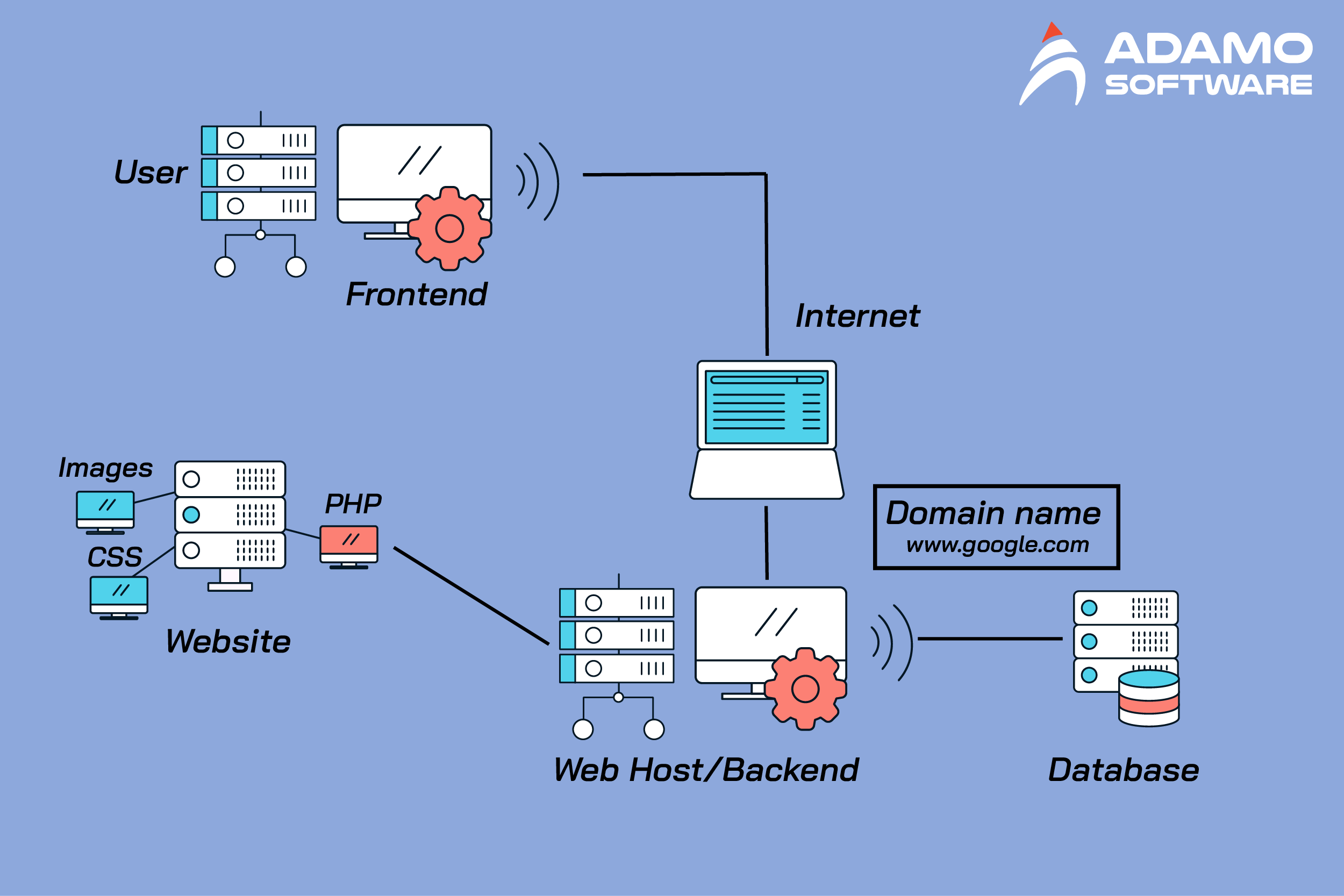Buzz Haven: Your Source for Trending Insights
Stay updated with the latest buzz in news, trends, and lifestyle.
Back-End Development: The Invisible Architect of Your Web World
Unlock the secrets of back-end development and discover how it powers the web behind the scenes. Dive in now!
Understanding Back-End Development: Key Concepts and Technologies
Back-end development is an essential aspect of web development that focuses on the server side of a website or application. It involves managing and orchestrating data exchange between the server, database, and client-side interface. Key concepts in back-end development include server management, database interactions, and API design. Developing a solid understanding of these concepts allows developers to create robust and scalable applications that deliver seamless user experiences. Additionally, back-end developers must be knowledgeable about various programming languages and frameworks such as Node.js, Python, and Ruby on Rails, which serve as the backbone of the server-side functionality.
To succeed in the realm of back-end development, it is important to grasp several key technologies. A few of the most critical elements include:
- Database Management Systems (DBMS): These are crucial for storing and retrieving data efficiently. Popular choices are MySQL, PostgreSQL, and MongoDB.
- Web Servers: Understanding web servers like Apache and Nginx is necessary for serving applications and managing requests.
- RESTful APIs: These APIs facilitate communication between different software systems, making them pivotal in modern back-end development.
By mastering these concepts and technologies, developers can build back-end systems that are not only functional but also secure and efficient.

The Role of APIs in Back-End Development: Connecting the Dots
APIs, or Application Programming Interfaces, are crucial in back-end development as they facilitate communication between different software components. By exposing a set of rules and protocols, APIs allow developers to create interactions between the server and client, which ultimately enhances user experience. For instance, when a user submits a form on a website, the API processes the input by sending it to the server, where it can be validated and stored. This seamless exchange of data is fundamental to the functionality of modern web applications.
Moreover, APIs play a significant role in promoting scalability and modular architecture. By creating well-defined interfaces, developers can work on different parts of an application independently. This modularity means that updates or changes to one part of the system can be made without disrupting the entire platform. Additionally, APIs support third-party integrations, enabling businesses to connect their systems with external services like payment gateways, social media platforms, and data analytics tools, thus widening their functional capabilities.
Common Challenges in Back-End Development and How to Overcome Them
Back-end development is a crucial aspect of software engineering, but it comes with its own set of challenges. One of the most common issues is database management. Developers often struggle with choosing the right database technology that aligns with their project’s requirements, leading to scalability and performance issues. Additionally, ensuring data integrity and handling complex queries can be a daunting task. To overcome these challenges, it's important to implement best practices such as normalization, using efficient indexing, and regularly monitoring performance metrics to make informed adjustments.
Another challenge frequently faced in back-end development is server-side performance. As applications grow, the server can become a bottleneck, affecting the overall user experience. Latency and downtime can cost businesses dearly. To tackle this issue, developers should consider adopting load balancing techniques, optimizing code, and utilizing caching mechanisms. Furthermore, investing in robust infrastructure such as cloud services can greatly enhance performance and provide a more scalable solution for fluctuating user demands.